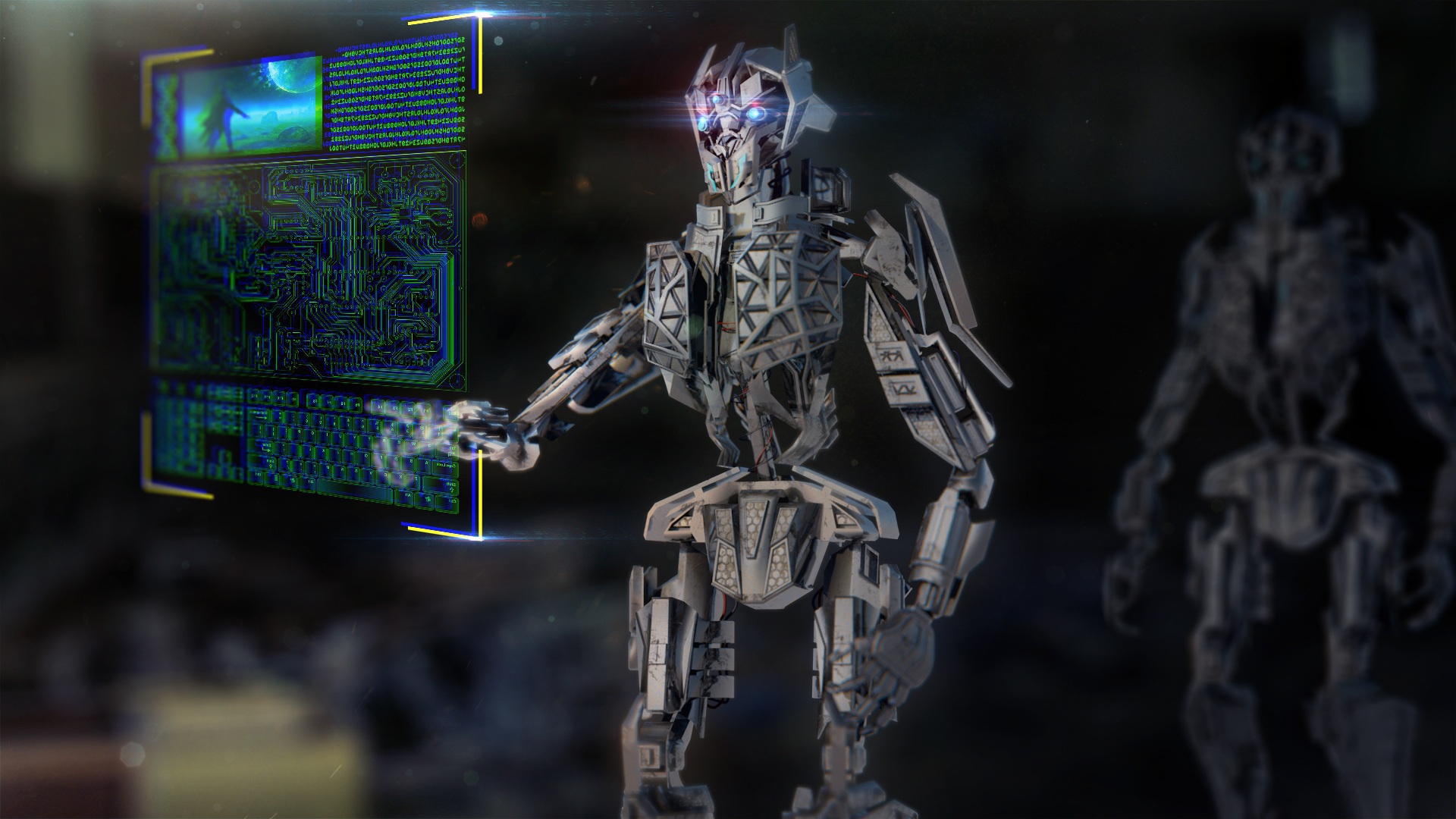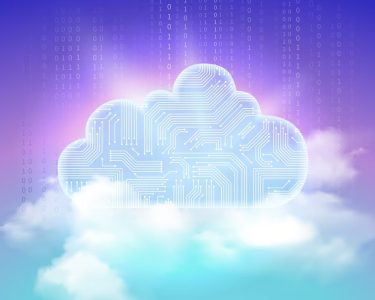Artificial Intelligence (AI) is rapidly transforming every aspect of our lives, from healthcare to finance, transportation to entertainment. It promises to revolutionize our world in ways we can only begin to imagine, but with this potential comes a dark side that we must acknowledge and address. AI technology can pose significant risks and dangers, and as its capabilities continue to expand, it’s crucial that we understand these hazards.
One of the biggest concerns with AI is its potential to perpetuate and exacerbate existing societal biases. AI algorithms are only as unbiased as the data they’re trained on, and unfortunately, this data often reflects the biases of the humans who collected and labeled it. For example, facial recognition software has been shown to be less accurate for people with darker skin tones, in part because the data sets used to train the software had fewer examples of darker-skinned individuals. This bias can have significant real-world consequences, such as in law enforcement where facial recognition technology is used to identify suspects.
Another danger of AI is its potential to automate jobs and displace workers. While proponents argue that AI will create new jobs and free humans from menial tasks, others fear that it will lead to widespread job loss, particularly in industries such as manufacturing and transportation. This could exacerbate income inequality and social unrest, as well as pose a challenge for governments to provide social safety nets for those who have been displaced.
AI can also be weaponized in ways that pose a significant threat to national security. Cyberattacks using AI could be more sophisticated and difficult to defend against, and the proliferation of AI-powered weapons raises the specter of autonomous warfare. These weapons could be designed to target specific populations or ethnic groups, with devastating consequences.
Finally, there are concerns about the safety and reliability of AI systems. As AI becomes more complex, it becomes harder to predict its behavior and ensure that it’s operating safely. AI systems could fail catastrophically, causing harm to humans or the environment. This is particularly concerning in applications such as autonomous vehicles, where a failure could have deadly consequences.
Despite these risks and challenges, there are steps that can be taken to mitigate the dangers of AI. One approach is to ensure that AI is developed and deployed in an ethical and responsible manner. This includes designing systems with transparency and accountability in mind, so that they can be audited and their behavior can be explained. It also means ensuring that AI is used in ways that align with human values, such as fairness and respect for privacy.
Another approach is to invest in education and training to help workers adapt to the changing labor market. This could include initiatives such as reskilling programs and providing a universal basic income to support those who are displaced by AI.
In conclusion, AI has the potential to transform our world for the better, but we must also acknowledge and address its risks and dangers. It’s crucial that we develop and deploy AI in an ethical and responsible manner, while also preparing for the changes that it will bring to our society and economy. As we continue to push the boundaries of what’s possible with AI, it’s important to remember that we are ultimately responsible for ensuring that it benefits humanity, rather than poses a threat to it.




